We're all familiar with the "flush after use" rule with the toilet. But what if the vacuum toilet flush is not working? What could be wrong and what could you do about it? Relax! We did comprehensive research for you.
The vacuum toilet flush may not work due to some parts that fail to push the water into the bowl. It's important to troubleshoot the issue to prevent damage. You may refer to the list below for reasons why the vacuum toilet flush malfunctions:
- Broken handle or chain.
- Deformed flapper.
- Blocked drain hole.
- Malfunctioning valves.
- Insufficient water supply.
In this article, we'll learn how the vacuum flush functions and how to troubleshoot it when it stops working. We'll provide ways to resolve some issues and how to prevent them from happening again. Let's not waste time. Come and join us in reading!
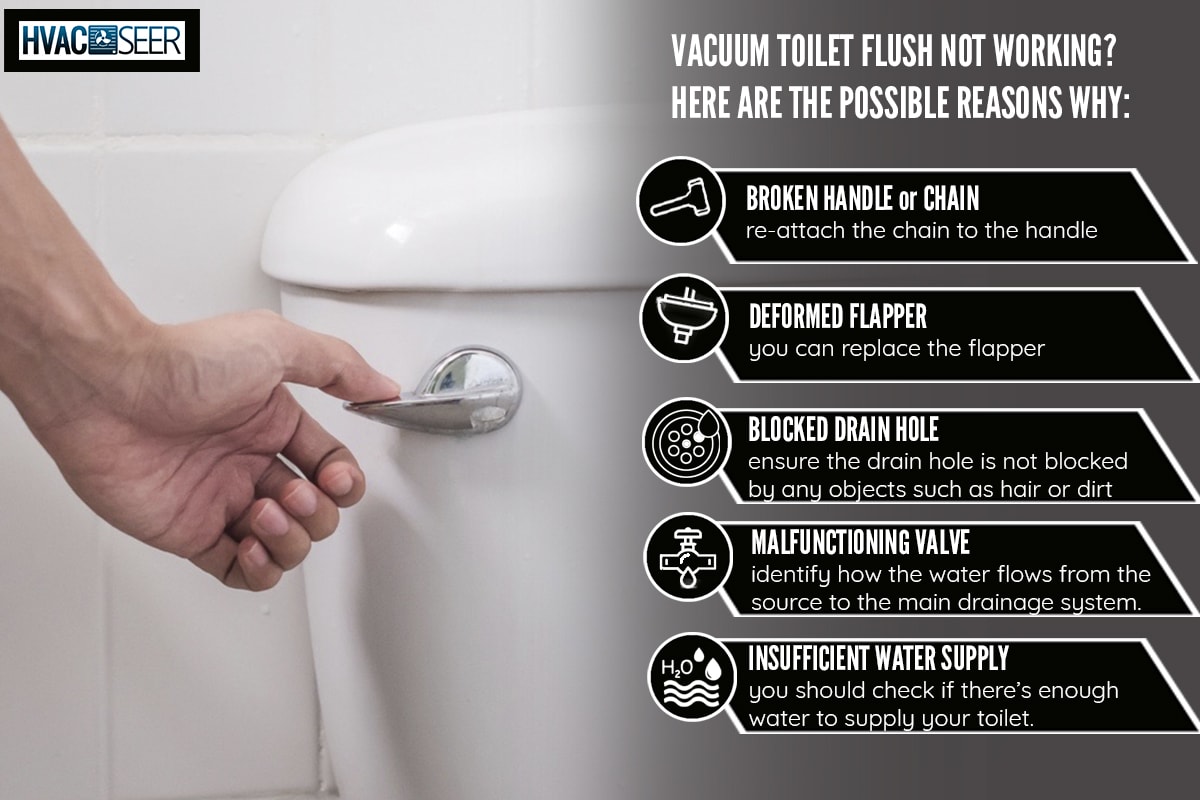
Why Is the Vacuum Toilet Flush Not Working?
Honestly, it's a bad thing if the toilet flush doesn't work properly. However, there are ways to fix this issue. You just need to troubleshoot the toilet tank and the parts inside of it.
The following are some of the possible reasons why the toilet doesn't flush. Should you find similar problems with your toilet, you can consider taking the steps to resolve them.
1. Broken Handle or Chain
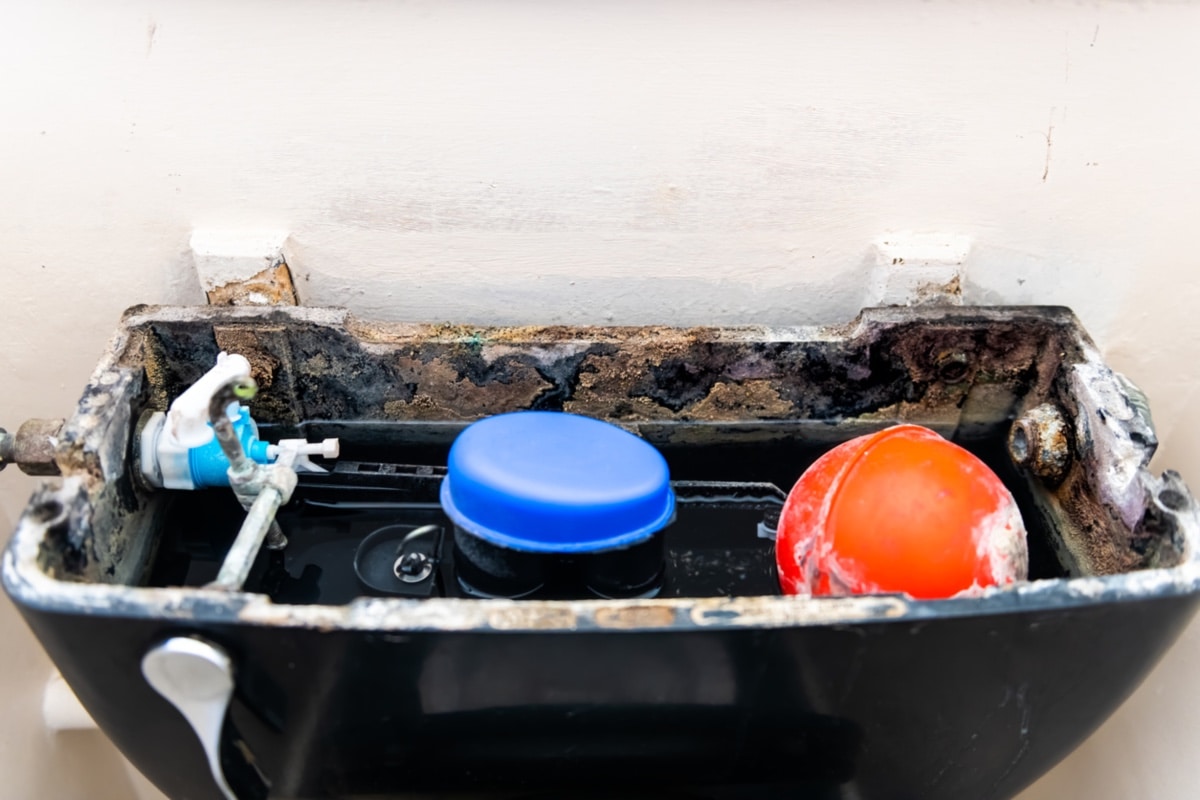
The first thing you can check is the handle. It should be attached to the chain that lifts the flapper when you flush. You may need to re-attach the chain to the handle or replace the two.
Refer to the steps below for replacing the handle and its chain:
- Close the shut-off valve or the water supply.
- Empty the tank by lifting the flapper.
- Detach the chain from both ends.
- Loosen the handle by twisting the nut, then pull the handle out.
- Insert the new handle, then mount it with the nut and lever.
- Attach the new chain to both the handle and flapper.
- Open the shut-off valve to fill the tank.
- Try using the flush again.
Watch a video here for your guide:
2. Deformed Flapper
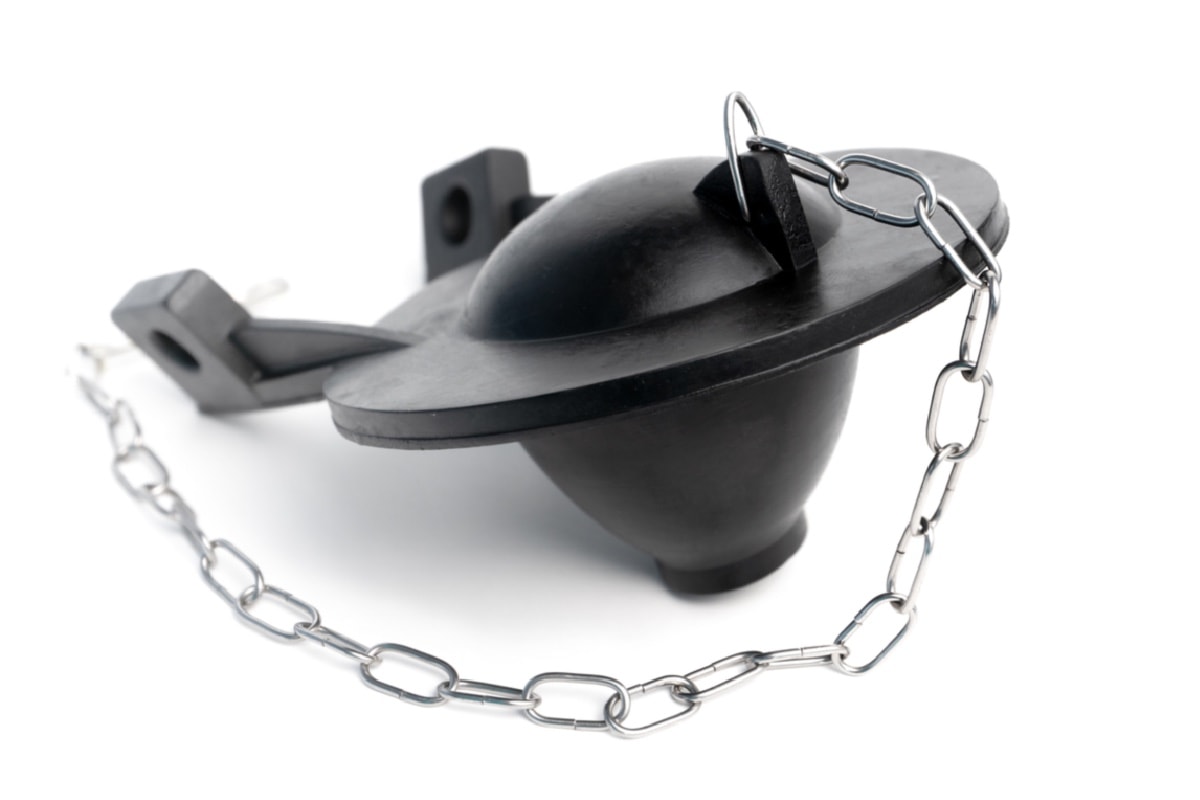
A flapper is like a small lid that opens when you flush and closes when the water level is low. A broken flapper may either block the water or allow the water to flush continuously.
You can replace the flapper if it's deformed. The deformation happens due to rusting or too much force when flushing. Simply follow the steps below.
- Detach the flapper and chain from the lever after closing the water supply.
- Wipe the ring of the drain hole to remove dirt.
- Replace the flapper in its original position.
You can watch this short clip for more details:
3. Blocked Drain Hole
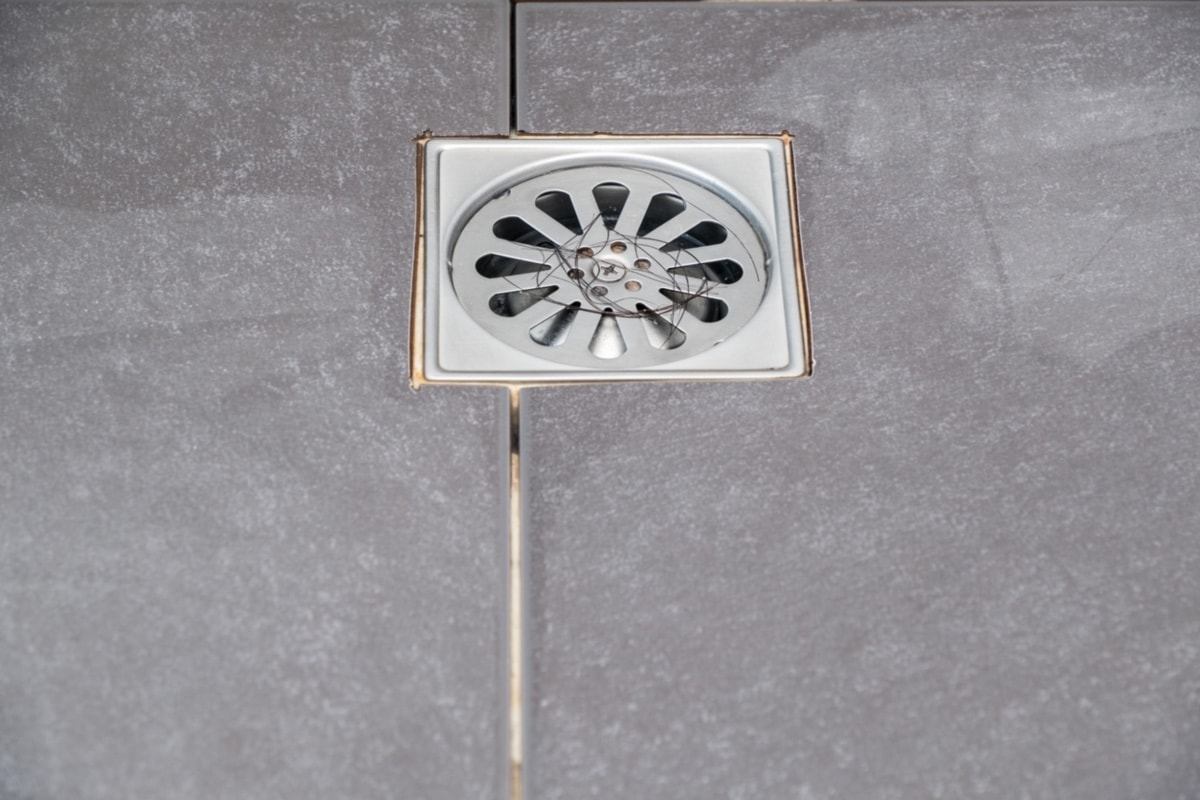
A drain hole is located under the flapper. It distributes water through the various holes depending on the structure of the toilet.
It's important to ensure that the drain hole is not blocked by any objects such as hair or dirt. Always keep the tank lid closed and prevent children from opening it. They may put some small toys inside that will cause serious problems for the toilet.
4. Malfunctioning Valves
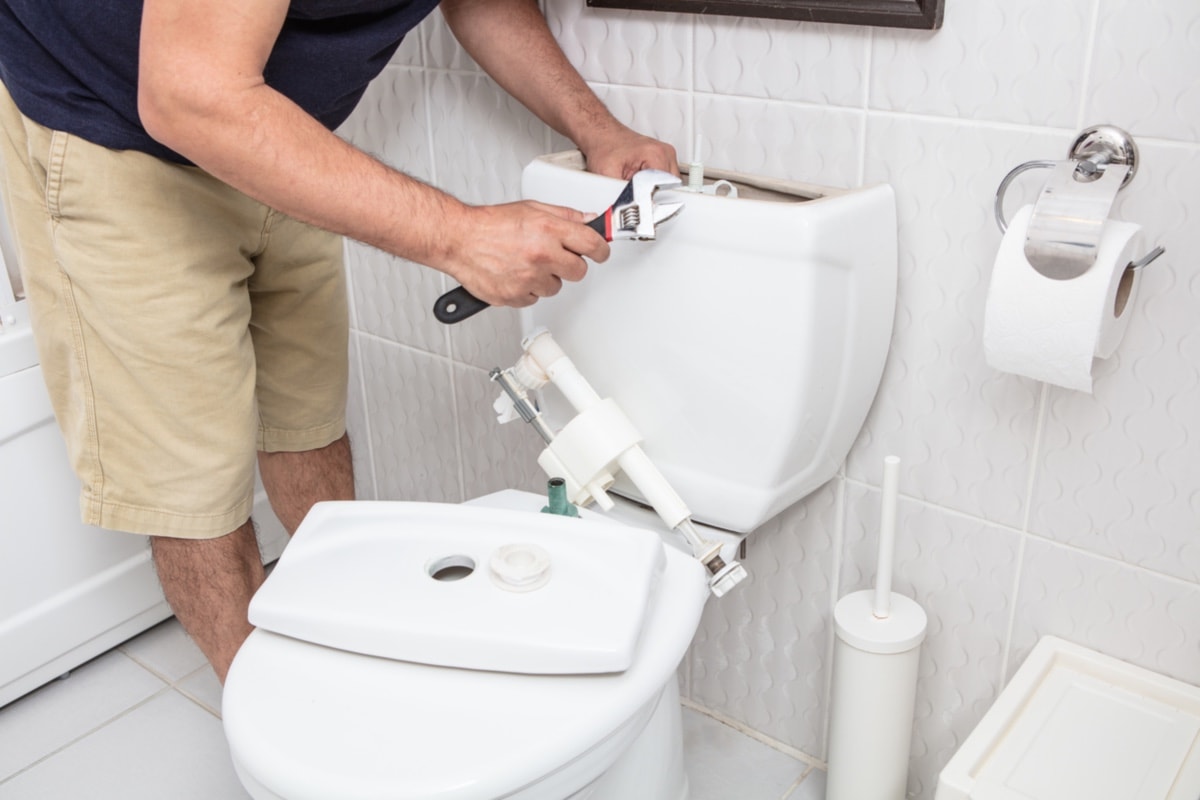
Most toilets have three valves: shut-off, fill, and flush. It's significant to identify how the water flows from the source to the main drainage system. See below how these valves function and how to fix them.
Shut-Off Valve
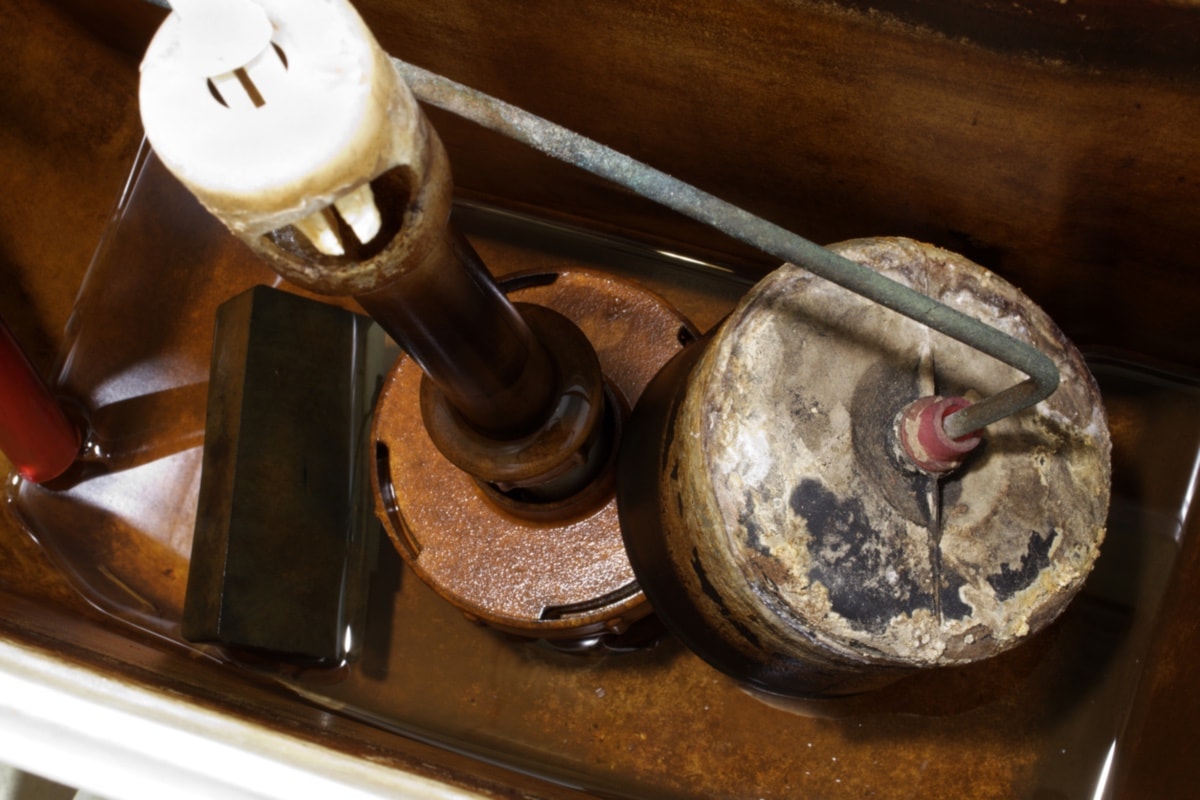
A shut-off valve is made to open and close the source of water. Make sure you turn it on while using the toilet, and turn it off when repairing some parts inside the tank.
The main problem you may encounter with the shut-off valve is leakage. You should tighten or replace it to avoid wasting water. Refer to the steps below:
- Turn off the water supply from the main source.
- Use a wrench to detach the shut-off valve from the water line.
- Drain the remaining water.
- Install the new shut-off valve with a wrench. Make sure it's tight.
- Test it by turning on the water supply.
Fill Valve

A fill valve collects water from the source to fill the tank. It has a tube on top to redirect water to the overflow tube. Modern fill valves have a float cup to stop oversupplying water to the tank. The fill valve will open again after flushing.
If the fill valve is not working properly, you can replace it with the steps below:
- Turn off the water supply, then empty the tank.
- Remove the fill tube that's pointing to the overflow tube.
- Remove the fill valve by sliding it off the base.
- Attach the new fill valve by attaching it to the base.
- Connect the fill tube again, and turn on the water source.
You can watch a demonstration video here:
Flush Valve
The opposite of a fill valve is a flush valve, which pushes the water down to the toilet bowl with optimal pressure. A broken flush valve will cause the tank to never be filled with water.
To replace a broken flush valve, refer to the following steps:
- Cut the water supply and flush the remaining water in the tank.
- Detach the water line from the shut-off valve from the toilet.
- Using a wrench, loosen all the nuts under the toilet, including those under the flush valve.
- Lift the tank up and carefully lay it down on a dry rug.
- Remove the flush valve, then install the new one.
- Tighten the lock beneath the flush valve and attach the protective rubber ring.
- Put the tank back on top of the toilet. You should then lock it in place with bolts and nuts.
- Attach the flapper chain to the lever.
- Attach the fill tube back to its original position.
- Put in the water line at the shut-off valve, then turn on the water supply to test it.
5. Insufficient Water Supply
Of course, you should check if there's enough water to supply your toilet. The authorities in your area might be fixing something in the local pipelines, causing the water supply to stop temporarily. If that's the case, you should wait for the water to reach your toilet again.
If you tried the methods for fixing the toilet flush but still have the same problem, you can call a plumber to help you.
Tips for Toilet Maintenance
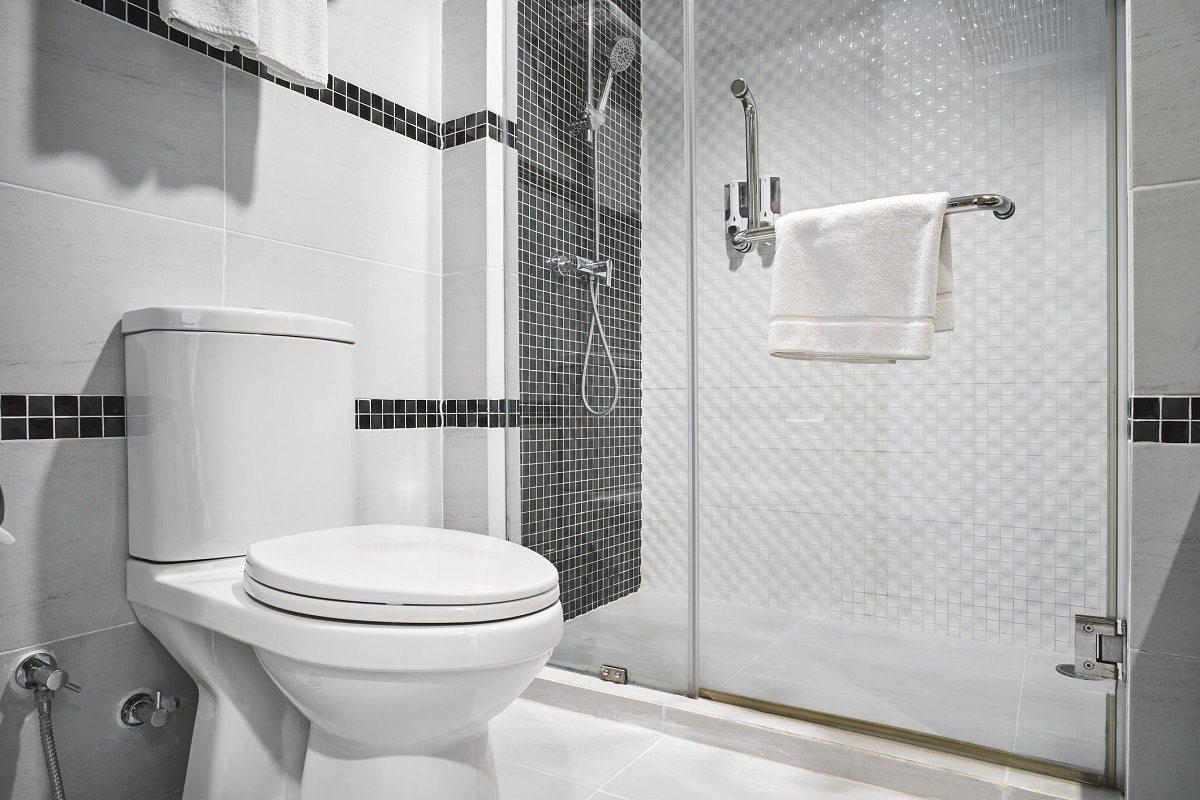
It's important to keep the toilet in optimal condition. Since it's part of our daily life, the toilet should be a seat of comfort. That's why we're sharing with you some maintenance tips you can do. See the list below.
Cleaning and declogging
You should keep the toilet clean at all times as it is good for your health. Every time after use, you can pour a small amount of liquid detergent to eliminate the bad smell. This will prevent the toilet from changing its color to yellow or brown.
You can use a brush with bristles to remove the hard waste that sticks in the bowl. It's useful to maintain a smooth texture so that dirt will not accumulate around it.
See this toilet brush on Amazon.
It's also important to declog the toilet to avoid serious problems like leakages in the drainpipe. Declogging makes the toilet last longer.
Any solid object that does not dissolve in water has the potential to break the toilet. You can use a plunger to force the water to flow down the sewer.
Plumber Visit
Let a plumber inspect your toilet at least once every two years. There might be some parts of the toilet that need repair that you're not aware of. The plumber may give suggestions on the toilet's structure, way of use, and even more maintenance tips.
Water Conservation
Conserving water, or minimizing the use of it, will benefit us and the environment. You can do this by repairing some leaks in your toilet so that the water you flush will be efficient.
You can also consider replacing the toilet if it's too old. Most toilets can last for up to 50 years. Replacing the toilet will also minimize the use of water when cleaning.
Conclusion
We're glad you joined us up to this point. We learned how to troubleshoot a malfunctioning toilet flush. We provided a lot of ways to fix it, and even discussed some related matters. Remember to keep the toilet clean to prolong its lifespan.
Are you ready to learn more with us? Come and visit us here:


